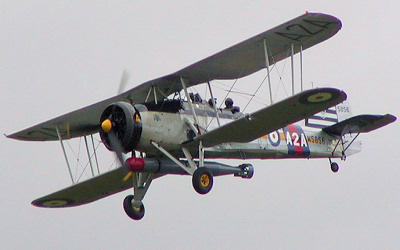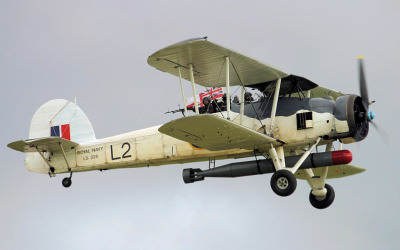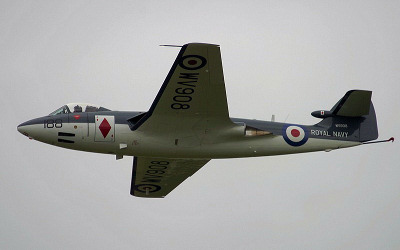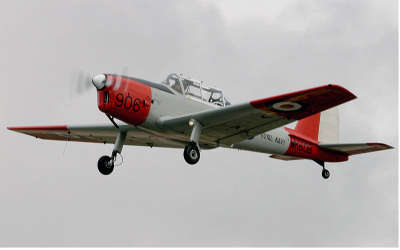
International Display Teams
• Red Arrows
• Frecce Tricolori
• Patrouille de France
• Patrouille Suisse
• Thunderbirds
• Blue Angels
• Patrulla Aguila
• Royal Jordanian Falcons
• Turkish Stars
• Midnight Hawks
• PC-7 Team
• Team Orlik
• Team Iskry
• Esquadrilha da Fumaca
• Halcones
• Snowbirds
• Black Eagles
• Al Fursan
• Saudi Hawks
Display Teams
• Royal Air Force
• BBMF
• Black Cats
• RNHF
• AeroSuperBatics Wingwalkers
• Yakovlevs
• Aerostars
• Breitling Jet Team
• The Blades
• Great War Display Team
• Turbulent Team
• Team Raven
• Twister Aerobatics Team
• Fireflies Aerobatics Display Team
• Trig Aerobatic Team
• Wildcat Aerobatics Team
Links:
• Official RNHF Website
• Official RNHF Facebook
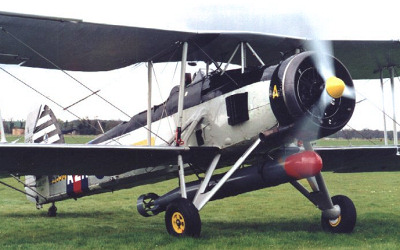
The Royal Navy Historic Flight is based at Yeovilton in Somerset. The Flight was established at the Royal Naval Air Station Yeovilton in 1972 in order to preserve Naval heritage, and to be a living memorial to all Fleet Air Arm personnel, especially those who gave their lives in maintaining the freedom of our nation.
The flight currently include two Fairey Swordfish (LS326, W5856), Hawker Sea Fury FB11 (VR930), Hawker Seahawk FGA6 (WV908), and a Chipmunk (WK608).
Latest News - March 2019:
The Royal Navy Historic Flight, which has flown the flag for the Royal Navy at air shows and public events around the country for nearly 50 years, stands down on 31 March 2019.
Responsibility for maintaining and flying the aircraft is expected to transfer to the charity 'Navy Wings', securing their long-term future flying as civilian rather than military aircraft.
